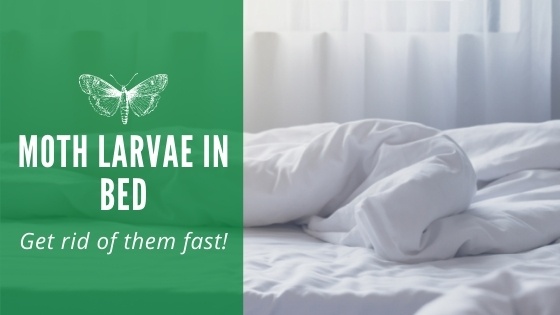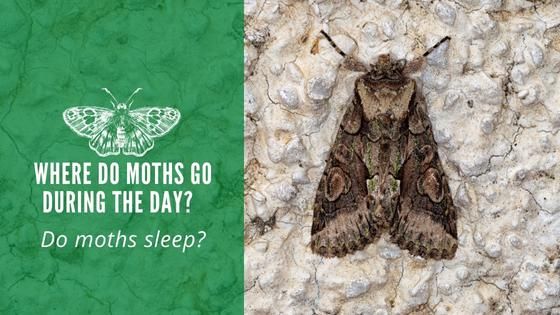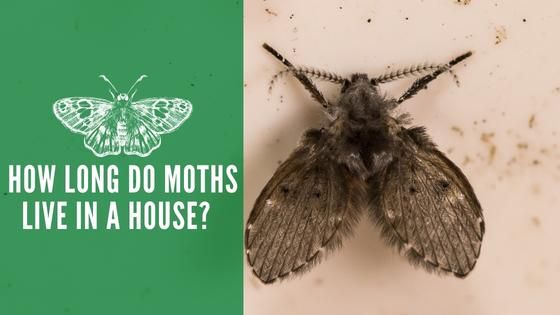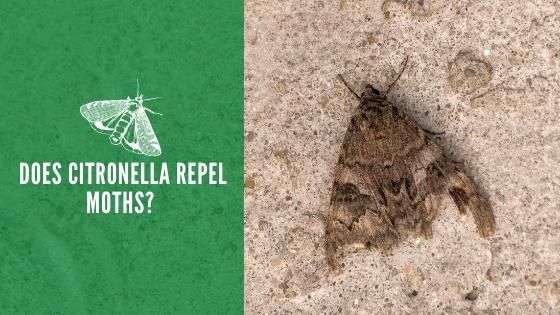Moth Larvae in Bed (Bed Worms)

The idea of worms and bug larvae crawling in your bed at night is enough to make you lose sleep. If you have them, you want to get rid of them fast. There are no official “bed worms” or “mattress worms,” but several types of insects that many people call by these names. Let’s delve into this topic a little more and see what you can do about it.
Can Moths Infest a Mattress?
The most common worms that you might find crawling around in your bed are carpet beetle larvae and clothes moth larvae. The good news is that these are not particularly harmful to humans, except for the lost sleep.
Some people are allergic and can react to the prickly hairs on carpet worms. If you have these types of larvae in your bed, you can be sure that you have an infestation of adults in other areas of your home.
Carpet Moths
Carpet moths are the most common type of larvae that you might find crawling around in your bed. They are about 1/8 to ¼ inch long and have a cylindrical body. They might be striped in brown, black, and yellow, but some do not have stripes. They also have prickly hairs covering their body.
The bad news is that carpet moths are highly destructive. They will eat fur, feather, leather, and wool. These moths also eat food crumbs and other dead insects. Carpet moths travel from room to room, searching for food.
Clothes Moths
Another common type of bed worm is clothes moth larvae, also called the cloth moth. These moth larvae are creamy-white with a brown head and can grow up to ½ inch long. Some of them can range on the brownish side. One of the best ways to identify them is to leave trails of silk webbing and create web tunnels through the fabric.
Clothes moths will consume lint, leather, hair, fur, feathers, dust, paper, and your sheets. They love bed linens that have been stained with body oils, sweat, and spilled drinks. They will eat both natural and synthetic cloth. They will even eat the sheets themselves.
Other Types of Bed Worms
If you have clothing or carpet moths, they are destructive but are generally not harmful to you. Other types of bed worms are a different story. Pinworms and flea larvae are the stuff nightmares are made of and can be a serious health problem.
Pinworms
Pinworms are not larvae, but they are a parasite that feeds on pets and humans. They are typically thin, white, and slightly transparent. They are about ¼ to ½ inch long. They live inside your body, and the female will emerge to lay thousands of eggs that are almost too tiny to see when the host is sleeping.
Flea larvae
Flea larvae are another type of bed worm that is concerning for humans. These get into your bed when your pet sleeps in bed with you. These tiny larvae will hide in the tiny gaps in the frame and mattress. The adults bite, and the more blood they have, the more eggs they lay.
Flea larvae are usually so tiny they are hard to see without a magnifying glass. If you do see them, they are segmented worms with darker heads. They can be from white to gray. If you are getting bitten by adult fleas, you can almost be sure that you have flea larvae in your bed.
Are Bed Worms Dangerous?
If you have clothes moths or carpet moths, the larvae themselves are not dangerous to humans unless you are sensitive to the hairs on carpet moths. They are not dangerous, but they are destructive and will destroy your carpets, furniture, clothing, and any other fabric in your home. Clothes moths love clothing that has been put away for storage.
Pinworms and flea larvae are a different story. Pinworms can cause symptoms like stomach pain, nausea, restlessness, and problems sleeping. One of the first signs people usually have is when they spot a female that has emerged to lay eggs at night. They spread quickly among school children and pets.
If you have pinworms, it is best to seek medical attention because they can cause serious illness if they are not treated quickly. Also, they will easily spread to other members of the family and pets. Pinworms can also spread serious diseases. They are treated with antiparasitic medications that you get from your doctor.
Flea larvae are also bad news because they can spread disease in humans, and some are allergic to them. They also leave bite marks in their search for blood. If you are getting bitten at night, you might wonder if it is bed bugs or fleas. If you find tiny red marks, and they are not in a straight-line pattern in groups of three, it is probably fleas.
How to Get Rid of Bed Worms
The first thing you need to do is identify what type of bed worm you have. If you have carpet moths or clothes moths, you will probably see tiny little moths flying around, especially at night.
Carpet moths are tiny and brown with colors that look like wood. Clothes moths are tiny and usually solid brown, but some have wood patterns, too.
If you see moths flying around and have bed worms in your bed, it is a sign that you have a large infestation. They might be in other rooms besides your bedroom. Unless you tackle them at the source, they will return to your bedroom.
If you have pinworms or flea larvae, getting rid of them is a two-fold process. If it is pinworms, you need to see a doctor and be treated for them, and you need to eliminate any larvae and eggs that might be present in the home. When it comes to flea larvae, the most common source is your pets. You must treat your pets and clean up any larvae and eggs that are in the home.
Cleanliness is the key when it comes to bed worms (mattress worms). You should wash all bedding in hot water and run it through the dryer. You should also steam clean the carpets, furniture, mattress, and box spring. Next, you should spray down any cracks in your flooring or behind the molding with something like cedarwood and peppermint oils. You should also clean and spray down the headboard and bedframe.
Tackle Them at the Source
Getting rid of any type of bed worms requires taking a many-pronged approach. You must treat them in the bed and at the source. If you have carpet moth or clothes moth larvae, you probably have a large nest somewhere in the home. The best place to check is in closets, drawers, and anywhere you have stored fabric and things they feed on.
If you have pinworms or flea larvae, you must find out where they came from and how they are getting into your home. This can mean ensuring that your children or pets are not bringing them into your home from another source. You should also check with your school or daycare to find out if there is an infestation.
You can eliminate bed worms of any type, but it takes a holistic approach. You must tackle them at the source, and you must prevent any immature worms from becoming adults. This problem will not go away on its own, and it can take diligence and time to eliminate it.
Once you know that you have bed worms of any type, it is good to regularly inspect the sheets and other areas of your home to make sure that they do not return and become a big problem again.
If you are having a hard time dealing with a moth infestation, it is best to contact a pest control professional as soon as possible.



